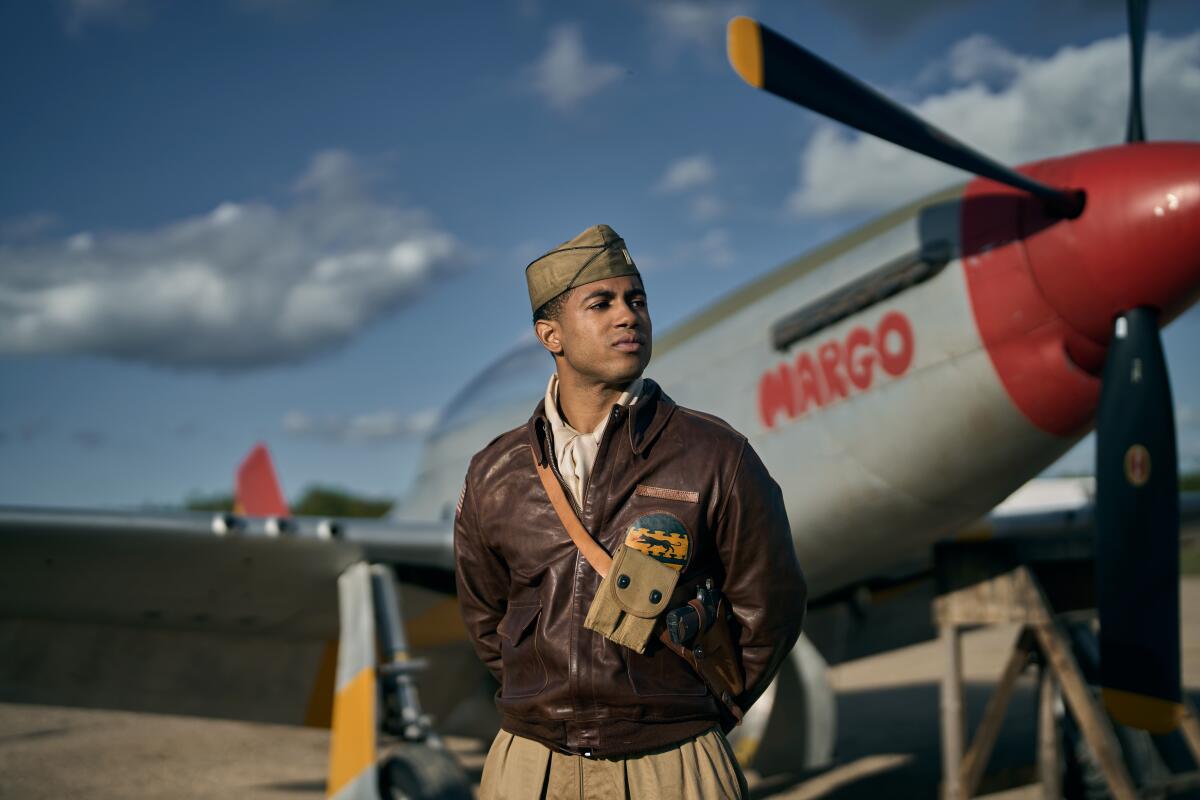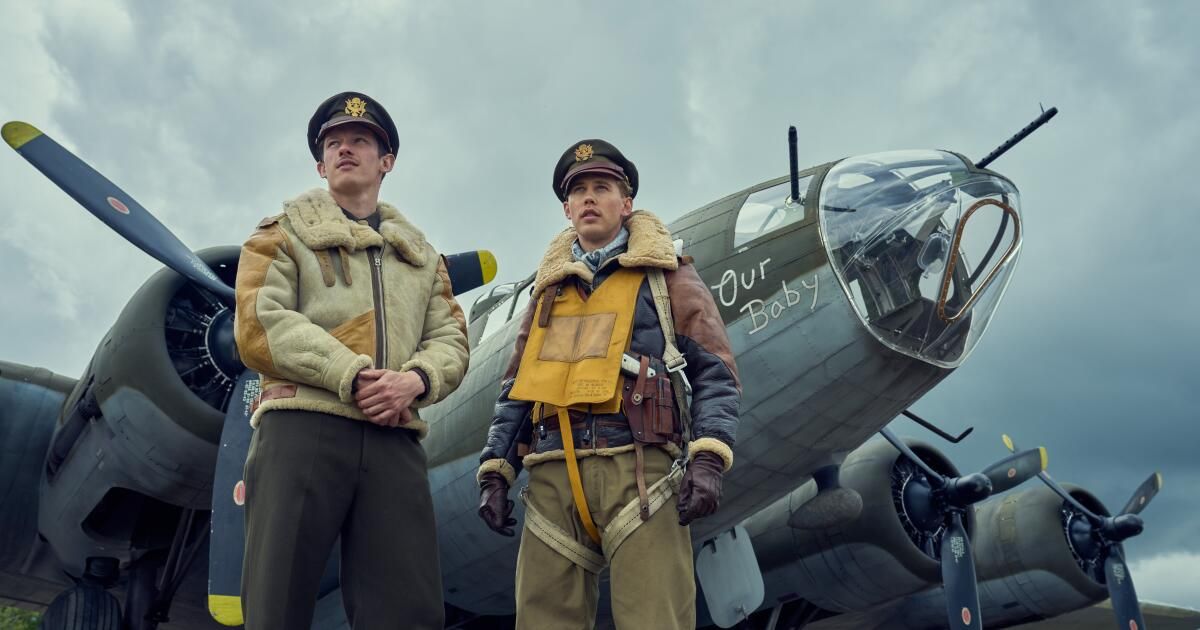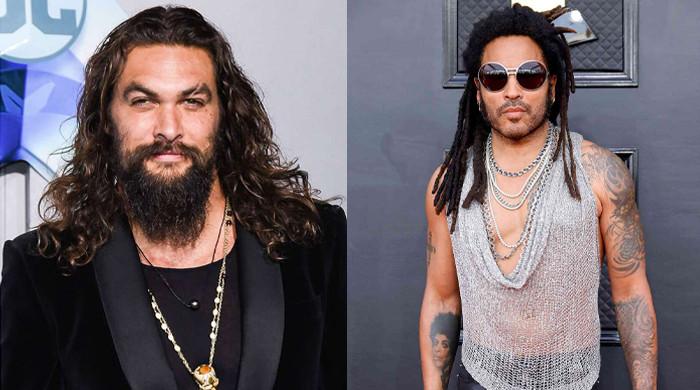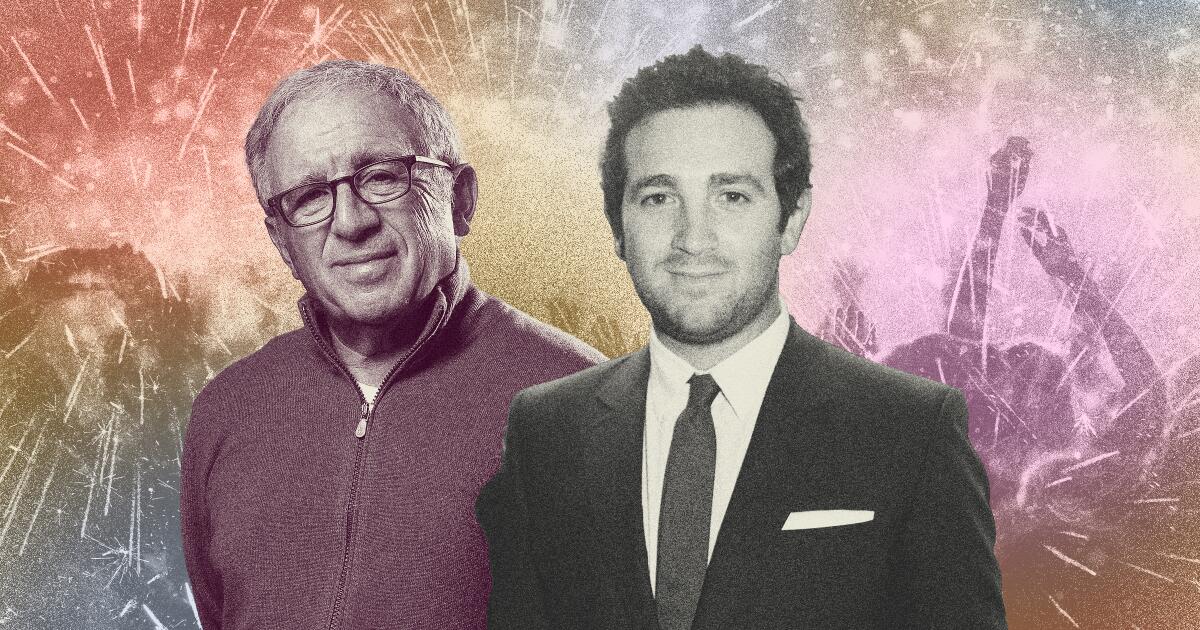Completing a trilogy, until a subsequent miniseries about submarines or PT turns it into a tetralogy, comes “Masters of the Air” (Apple TV+, Friday), which, like its predecessors “Band of Brothers” (2001) and “The Pacific” (2010) is based on meticulously researched work about real people and events, then sprinkled (sometimes slathered) with Hollywood magic.
Its goal, on the one hand, is to achieve a high level of realism and, on the other, to echo the romanticism of the pre-World War II films that producers Steven Spielberg, Tom Hanks and Gary Goetzman would have grown up watching reruns on television. It seems to be successful on both counts, even though they tend to fight against each other. If you've ever wondered what the inside of a B-17 bomber was like while it was being torn apart by anti-aircraft guns and Messerschmitts, this is the limited series for you; but maybe you wish they had turned the music down.
And, on the other hand, it is a salute to the few survivors of that conflict and, by extension, to all American troops everywhere.
The source is Donald L. Miller's 2006 “Masters of the Air: America's Bomber Boys Who Fought the Air War Against Nazi Germany,” from which John Orloff (who wrote two episodes of “Band of Brothers”) has drawn as a theme. the number 100. Bomber Group of the Eighth Army Air Force, which carried out missions in northern Europe. They were known as the Bloody Hundredth, not for the casualties they inflicted, but for those inflicted upon them; The chances of making it out alive after a tour of duty of 25 missions were estimated at 1 in 4 or 5.
If you watch to the end of the ninth and final episode, which is easy to do in terms of filmmaking, though often difficult in terms of subject matter, you'll find real-life footage of its main characters, who are very much characters here. . , even when they were real people there. At the center of the story, to the extent that there is a story and not just a series of events, are the best friends, Major Gale “Buck” Cleven (Austin Butler) and Major John “Bucky” Egan (Callum Turner ), a handsome These pilots, charismatic and expert, were early described as “the undisputed leaders of the entire group.” (Though one wag observes, “If you ask me, those two watched 'Test Pilot' too many times.”)
Cleven, unflappable but not insensitive, doesn't drink or play or dance (he's a movie cowboy) and Egan is the complete opposite. (He's the one with the mustache, naturally.) It's nice to see Butler freed from the “Elvis” mimesis to create a more or less original character, based on a real person, though not a real person that anyone watching I can probably see. have ever seen or heard, although it may take you a minute to erase the memory of that previous performance and the pompadour from your mind.
Anthony Boyle as Major Harry Crosby, a navigator, in “Masters of the Air.”
(Apple TV+)
The other two main characters are Anthony Boyle as Major Harry Crosby, a yachtsman, who is the series' occasional narrator; and Nate Mann as Maj. Robert “Rosie” Rosenthal, an aviator extraordinaire who is arguably the most famous of the 100 veterans and deserves a biopic of his own, although he is somewhat less central here, being more of a solitary figure. A Jewish lawyer from Brooklyn, he is used here as a kind of dramatic link to the Holocaust. (He later was part of the team that prosecuted Nazi war criminals at Nuremberg.)
The latest series' insertion into the history of the Tuskegee Airmen, who had nothing to do with the 100th but flew support missions for the bombers in their innovative P-51 Mustang fighters, features Second Lieutenant Alexander Jefferson (Branden Cook ). , whose historical destiny will be intertwined ahistorically with that of some of its main characters. If this interpolation exists simply to inform or remind the public that black soldiers flew combat missions during the war, that is a good enough reason. Perhaps similarly, Bel Powley plays a British officer Crosby meets who doesn't tell him anything about her job, which should tell him something about her job; and this invention seems in part designed to provide, in a series full of men, at least one woman with agency, and she has a lot of agency.
Other characters, whose names we won't catch or remember, some with mustaches, some without, appear for a moment or a while, but several actors make strong impressions in passing. In any case, many won't live long enough to know, which, after all, is kind of the theme here.
As for the enemy, while we get a brief glimpse of the ruins left by Allied bombing raids on German cities and civilians, he is largely faceless, often literally, inside a fighter jet. The soldiers we see adhere to clichés or utter them: “That's a Jewish name, right?” – including “civilized” interrogators who try to relax a captured airman by talking baseball.

The Tuskegee Airmen are part of the later episodes of “Masters of the Air,” which features Branden Cook as Second Lieutenant Alexander Jefferson.
(Apple TV+)
Like its predecessors, “Masters of the Air” focuses on the people fighting rather than the higher-ups whose decisions may not always be the best or the best reasons; In fact, the senior figures we see tend to be wise, thoughtful, and willing to climb into the cockpit. (My introduction to World War II bomber squadrons was “Catch-22,” the book, not the movie or miniseries, a very different take on military bureaucracy.) Unlike the soldiers of “Band of Brothers” and “The Pacific,” suffering in the field, the characters here return from missions every day, if they return at all, to the safety of England, where they can attend dances and flirt with the Red Cross coffee waiters.
Still, the trauma of serving in a unit where the chances of being killed far outweigh the alternative is duly taken into account. (“That's the last… time I go up. They can't make me go up again,” an unnamed character cries, as narrator Crosby notes that “some of the men were falling apart.”) The series doesn't actually follow any traumatized characters, just some slightly temporarily conflicted ones; It's pretty easy, between combat scenes, to feel like everything is okay. There are occasional philosophical musings on the bigger picture (Crosby quotes Nietzsche about being careful when fighting monsters because when you stare into the abyss long enough, the abyss will stare back), but they usually end up supporting the mission. (Proposition: “This war: human beings were not meant to behave this way.” Conclusion: “You see people being persecuted, subjugated, you have to do something, right?”)
Like “Band of Brothers” and “The Pacific,” “Masters of the Air” seeks to offer a representative variety of situations within a small portion of a huge topic, and label all the relevant bases, if sometimes only to a conversation. or even a phrase; Some technical terms (MIP, battle box) are included without explanation (I approve of this practice), but if you pay attention, you will have a clear idea of how a B-17 works. But many things can also happen to an airman, including being shot down and captured, or shot down and not captured, and we get pictures of both scenarios. In fact, the series needs to come down to earth sometimes, if only for relief. At the same time, this inclusion can make the series feel a little wayward, a little fragmented at times; some secondary plots seem to bloom and evaporate before they are finished.
With a budget of 250 million dollars or so, “Barbie” could be made and “Oppenheimer” for that, or “The Holdovers” 10 times: it's as spectacular as you'd expect. Spielberg wastes no time. (And yet perhaps what excited me most were the routine details: the ritual of checking that everything works before takeoff, the coffee and sandwiches offered to travelers when they return from a flight for briefing; I found them authentic and informative). I thought they were going to give us an episode focused on the ground crew, which I would have happily watched. The series itself reminds you that you are watching a production, and not a documentary, with cinematic movements and, for all the scrupulousness of its recreations, a Hollywood relationship with history: characters whose real achievements and adventures are recounted here. , are also recruited in situations in which they did not participate, simply for dramatic purposes. But if you're not in the habit of questioning the accuracy of a docudrama, or if you've read Miller's book, this probably won't bother you.
And when the war ends (we won, not a spoiler) and the B-17s fly home, the little neighborhood kids, who we've seen hanging around, stand up and wave, as the music swells with pride. It's cheesy like Kansas in August, but I can't say I wasn't moved by it.











